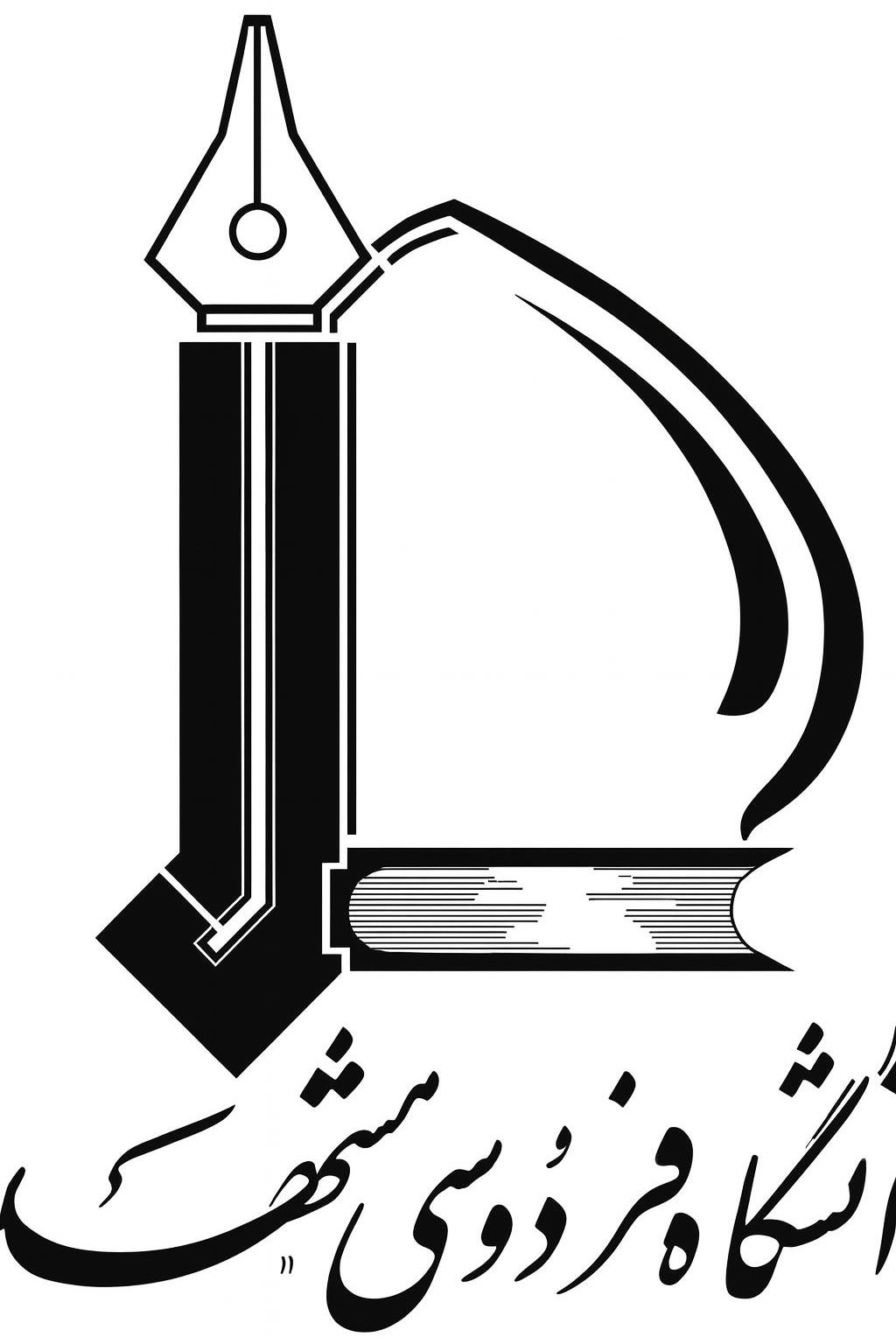Title : ( Control of Parasitic Diseases in the Iranian Horse Population )
Authors: mehrnaz gorgani , Gholam Reza Mohammadi ,Abstract
Background: Parasitic and protozoan infections pose significant threats to the health, performance, and welfare of Iran’s equine population, particularly among indigenous breeds such as Kurdish, Caspian, and Turkmen horses. Key pathogens include gastrointestinal nematodes (e.g., strongyles, Parascaris equorum), cestodes, bots (Gasterophilus spp.), filarial parasites (Setaria equina), ectoparasites (ticks, mites), and protozoa (Theileria equi, Babesia caballi). These agents contribute to clinical manifestations such as colic, anemia, weight loss, and diminished athletic output, with cascading effects on cultural heritage and economic viability. The emergence of anthelmintic resistance underscores the urgency for integrated parasite management (IPM). Methods: This review consolidates national and international data, emphasizing diagnostic modalities including fecal egg count (FEC), enzyme-linked immunosorbent assay (ELISA), and Knott’s test. Therapeutic interventions encompass chemical agents benzimidazoles, tetrahydropyrimidines, macrocyclic lactones, praziquantel and imidocarb for protozoal infections. Complementary non-pharmacological strategies include rotational grazing, cross-species pasture use, nutritional optimization, and biological control via nematophagous fungi. Results: Epidemiological surveys in Iran reveal a Setaria equina prevalence of 32.1% in Urmia, Trichinella spp. seroprevalence ranging from 2.2% to 4.3% in West Azerbaijan, and Theileria equi infection rates reaching 19.6% in northern provinces. Resistance to anthelmintics has been documented in cyathostomins and Parascaris equorum. Field trials demonstrate that pasture inoculation with Duddingtonia flagrans significantly reduces infective larval burdens. Preliminary genetic analyses suggest that Kurdish horses may possess inherent resistance traits, offering potential for selective breeding programs. Conclusion: A comprehensive IPM framework integrating targeted deworming based on FEC, strategic pasture management, and innovative biocontrol measures offers a sustainable pathway for mitigating parasitic and protozoan disease burdens in Iranian horses. Region-specific epidemiological insights are essential for tailoring interventions and safeguarding the genetic integrity of native breeds.
Keywords
, Anthelmintic resistance, integrated parasite management, targeted deworming, Iranian horses.@inproceedings{paperid:1104008,
author = {Gorgani, Mehrnaz and Mohammadi, Gholam Reza},
title = {Control of Parasitic Diseases in the Iranian Horse Population},
booktitle = {The Third National Congress on Animal Parasitic Diseases and Parasites Common to Humans and Animals},
year = {2025},
location = {مشهد, IRAN},
keywords = {Anthelmintic resistance; integrated parasite management; targeted deworming; Iranian horses.},
}
%0 Conference Proceedings
%T Control of Parasitic Diseases in the Iranian Horse Population
%A Gorgani, Mehrnaz
%A Mohammadi, Gholam Reza
%J The Third National Congress on Animal Parasitic Diseases and Parasites Common to Humans and Animals
%D 2025


